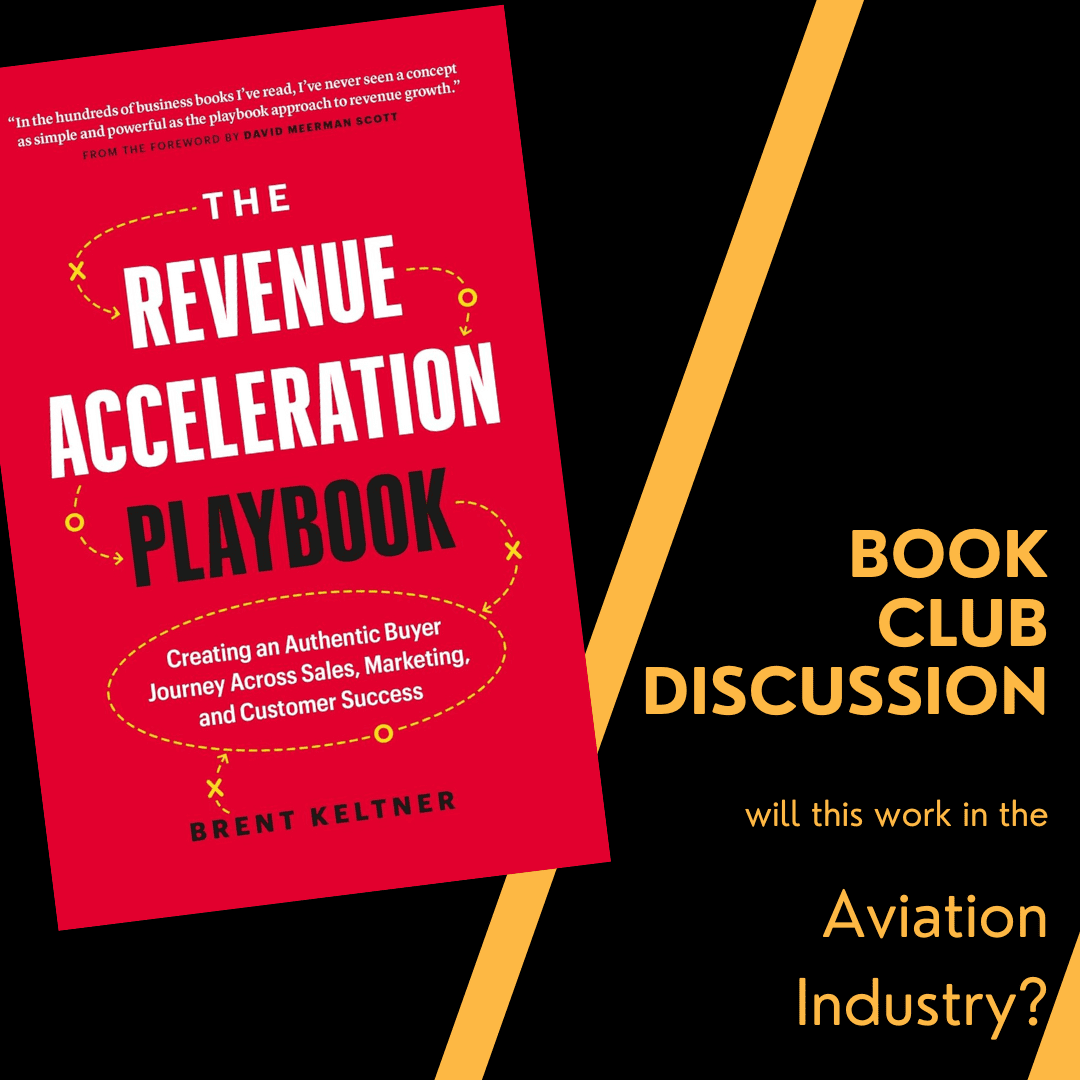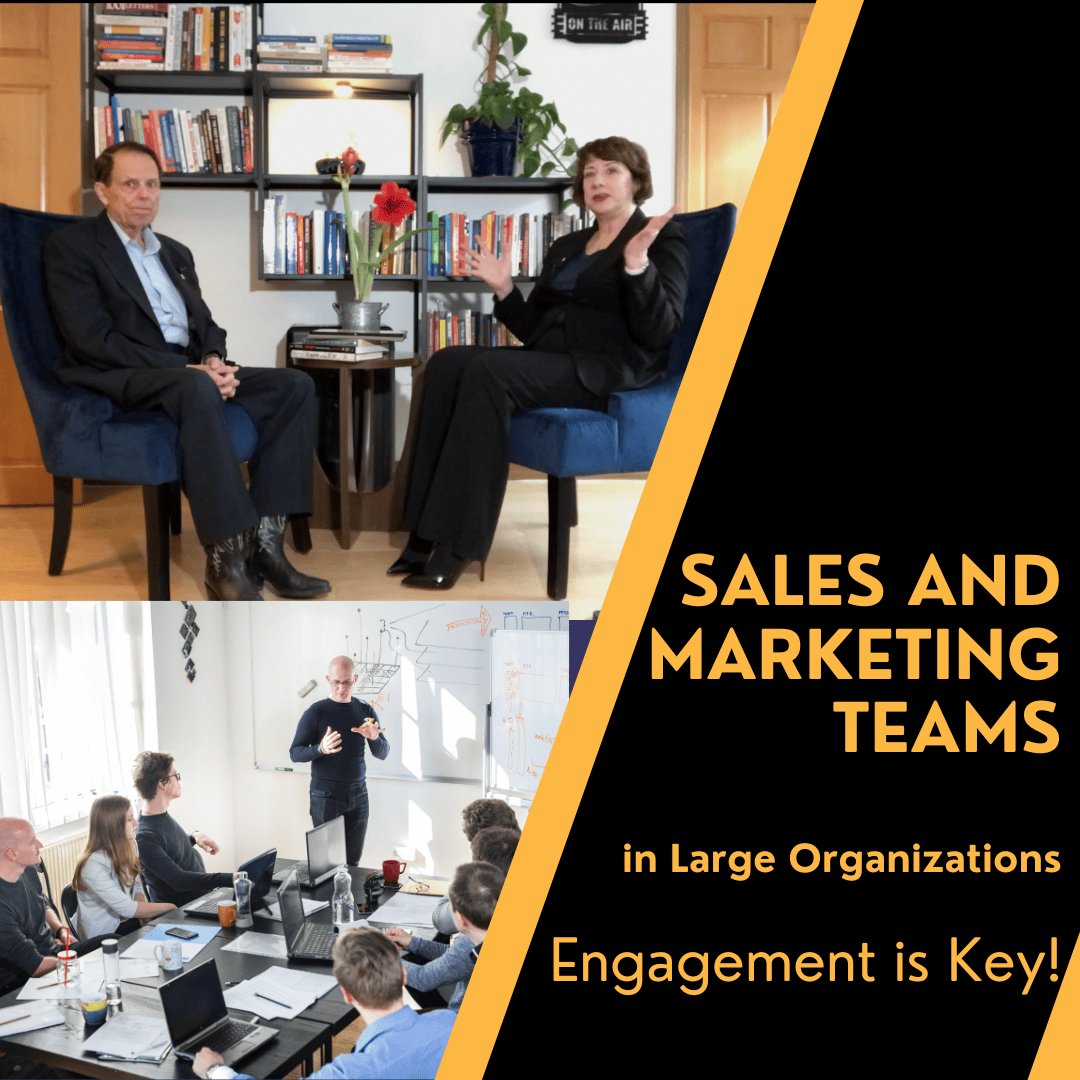 There is probably no better Information Technology (IT) folks around than those on our staff! They are absolute wizards and we don’t know what we would do without them.
There is probably no better Information Technology (IT) folks around than those on our staff! They are absolute wizards and we don’t know what we would do without them.
But we don’t let them write web content!
Some busy managers and business owners assume that people who work on websites are perfectly capable of writing the content. They’re the ones working on it, they seem to communicate pretty well, what the heck. Let’s just get something out there and be done with it!
We are often called in after a company has had a major website redesign. The web site company creates a slick beautiful site with interactive menus that flash or light up. It might even make a jetlike “whoosh” when a menu is opened. It made the CEO smile, so they accepted that design.
The content of the page comes from one of three places:
- It was cut and pasted in from a years-old promotional brochure or annual report.
- It was written by a member of the IT staff who has taken a class in Business English. This is pretty obvious when the first sentence is something like “Welcome to our web site. Please feel free to have a look around . . . “
- It was not written at all, leaving the visitor to surmise from the graphics and navigational items what the company does and why they are the best choice for aircraft sales, insurance, parts or whatever.
In Content Rules, Ann Handley describes this phenomenon very very well:
Most organizations readily distinguish themselves through the basics: design, graphics, logo, signage and so on. Content is an afterthought – or sometimes barely a consideration. In web site design, for example, nonsensical Latin filler called lorem ipsum is commonly used as placeholder text, to show where the words will go. Since the actual words are usually added after all the other elements of a document or website, like the typeface, typography, layout and navigation – are squarely in place, the role of content is minimized. That’s just nuts.
“I’ve heard the argument that lorem ipsum is effective in wire framing or design because it helps people focus on the actual layout, or color scheme, or whatever,” says Kristina Halvorson, author of Content Strategy for the Web. What kills me here is that we’re talking about creating a user experience that will (whether we like it or not) be driven by words. The entire structure of the page is for the words.
Your website has a lot of work to do. And the words on the page, not the nifty moving pictures or whooshing menus, are what do the heavy lifting.
They need to clearly and persuasively communicate these four things within fifteen seconds; (with the marketing textbook definition in parenthesis)
- What the company does (identification)
- Who buys or uses their products or services (merchandising)
- Why they are the best choice for this product or service (positioning)
- Why the visitor should interact with them right now (call to action)
You’ll notice that “winning beauty pageants” is not listed. Most of us would not hire a person simply because of their gorgeousness – we expect them to have the skills and experience necessary to do the job. We should extend the same rigor to our websites. You’ll be more satisfied with a slightly less gorgeous design that gets the job done than with one that you love to look at all day but that doesn’t attract customers and sell product.
It takes some skill and a lot of editing to get web content right. Especially for the home page.
Aviation consumers are increasingly particular, and have an increasing number of choices. They quickly jump to conclusions about who can help them, and who doesn’t have a clue about what they want or need, based on the words on a company’s website. To do a credible job of attracting customers (or at least not creating a “sudden loss of credibility,” as they say in the military) a site has to be written with some expertise in aviation and with a lot of consideration for your prospective customers.
What does the company do?
If the top third of your website is consumed by clipart or stock photography of a beautiful airplane or of people in business suits shaking hands, you are likely a violator of this principal. These are usually the sites that begin with “Welcome to our website! Please feel free to look around.” You could do quite a bit of “looking around” before you figure out whether the company does aviation taxes or sells catering flatware.
Unfortunately, nobody has time to admire the aesthetics or clever design unless it actually helps them find the information they want or need more easily.
Who buys or uses the product or service?
This clearly lets people know if they’re in the right place. Nobody has time to waste searching a site that sells aircraft parts only to find out they only carry Embraer components or they only sell to distributors.
Visitors appreciate being able to quickly determine whether or not they fit the profile of a potential customer for your product or service. Ideal prospects will feel right at home when they say “this is exactly what I needed, and they were thinking of people like me when they created this site.”
Why is this the best choice for this product or service?
Within every category, there is a range of options that will appear to particular customers. What is it that differentiates you from your competitors? Are you the lowest-cost provider? The highest quality? The most convenient or fastest service? Do you serve a particular geography or demographic niche? Once again, this gives people the reason to quickly determine if it’s worth the time to dig into the content of your site, and they are more likely to be an ideal customer if they stick around.
Why should the visitor should interact right now?
Since the purpose of your website (or at least one of its purposes) is to attract new customers, it is very important to include a “call to action” or a reason the visitor should fill out a form, call a number, or click a chat button. You want to involve the visitor in some activity that lets them signal their interest and helps them take a step toward solving their problem or getting some help right away, while it’s convenient and they were motivated enough to search for a solution.
ABCI maps out these key content and marketing messages before we design a web site. For a redesign or refresh, we sometimes work with a design that is already in place, if it meets our 31 Point Usability Checklist.
In any case, we don’t let the IT staff do the writing!
Note – we’re beginning a series of articles about Random Acts of Marketing. These articles will be randomly numbered. If you have a particular favorite Random Act of Marketing you’d like to suggest, feel free to leave a comment below, write it on our Facebook Page or Twitter #RandomActofMarketing, or write to me at [email protected] with “Random Act” in the subject line.






i’ve been looking for this information on other websites, but your articles are awesome and better than the others.http://www.listadeemail.org
i’m learning how to write well for my articles, any tips? i would really appreciate your help.http://www.kitsucesso.com
I savour, result in I found exactly what I was looking for. You have ended my four day long hunt! God Bless you man. Have a great day. Bye
this was a interesting website and the post was really awesome…http://www.kitsucesso.com